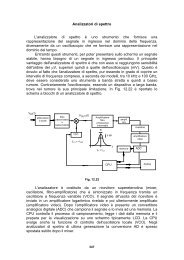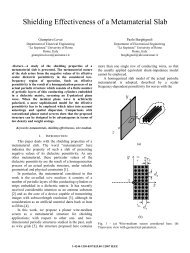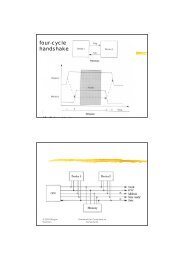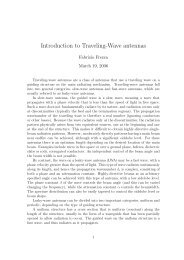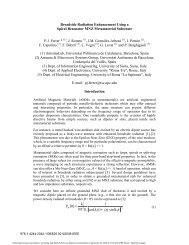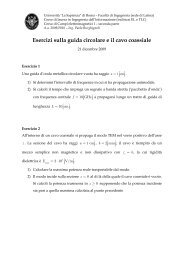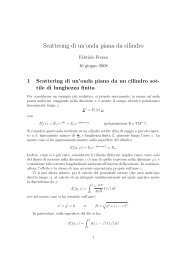Materials Measurement Phil Bartley Shelley Begley
Materials Measurement Phil Bartley Shelley Begley
Materials Measurement Phil Bartley Shelley Begley
- No tags were found...
You also want an ePaper? Increase the reach of your titles
YUMPU automatically turns print PDFs into web optimized ePapers that Google loves.
Dielectric Properties (at 3 GHz)10050TiO2Low LossLossyWaterSaltWater'ε r201052Air1.00001SteakAluminaAlcoholPC BoardQuartzWood20%MylarIce10%Teflon0%.0001 .001 .01 .1 1" /tanδ = ε r ε'rThis graph has ε r’ (storage) along the vertical axis, and tanδ (loss) on thehorizontal axis (both logarithmic). The values for several common materialsare shown as dots (at a single frequency and temperature).“Low-loss” materials, such as Teflon, have small values of tan δ. They arecommonly used in electronic applications such as: insulators (e.g. forcables), substrates, and dielectric resonators.“High-loss” materials include water, food, and many natural materials.These materials quickly absorb microwave energy, and so are not used forelectronic components. However, they are important to:♦ understanding microwave radiation in the “real world”♦ material analysis (e.g. moisture content)♦ high-power microwave processing (heating and drying)26




